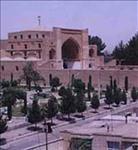
Qaen County (Persian: شهرستان قائن, also Romanized as Ghayen) is a county in South Khorasan Province in Iran. The capital of the county is Qaen. At the 2006 census, the county's population was 137,357, in 35,783 families (including those portions subsequently detached to form Zirkuh County); exc... More
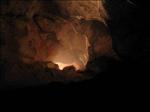
Khounik Cave is located in the northeast of Khounik village. A historical place on the height near the village and far from Qaen. This cave is the first earthborn homeland in the east of Iran where has been blocked for years and tourists are not allowed to look on the internal part of this ca... More

es of handicrafts due to religiousand ethnic diversity and proximity with several countries. The handicrafts are divided in 2 categories:
1- Wooden handicrafts such as inlay, Moaragh, sculpturing, lattice, eleganceand etc.
2- Fibers handicrafts such as Carpet, Ge... More
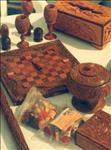
ooden handicrafts was common in Hamadan city from a long time ago. Wooden handicrafts such as ternary and fretwork are so common in this province.
Fretwork means woodcarving. Woodcarving was common in Iran from many years ago. The oldest door which has fretwork is preserving in Ak... More
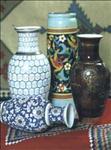
n for handicrafts like leather, and ceramic works, as well as for the beautiful carpets.
The ceramic is centered in the Lalejin (30 km. north of Hamadan) in the vicinity of Hamadan. The city of Lalejin in Hamedan Province, with a population of 55,000, lies 20 kilometers northwest of the p... More
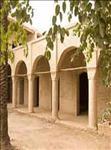
ds of handicrafts and food materials into this Caravanserai.... More